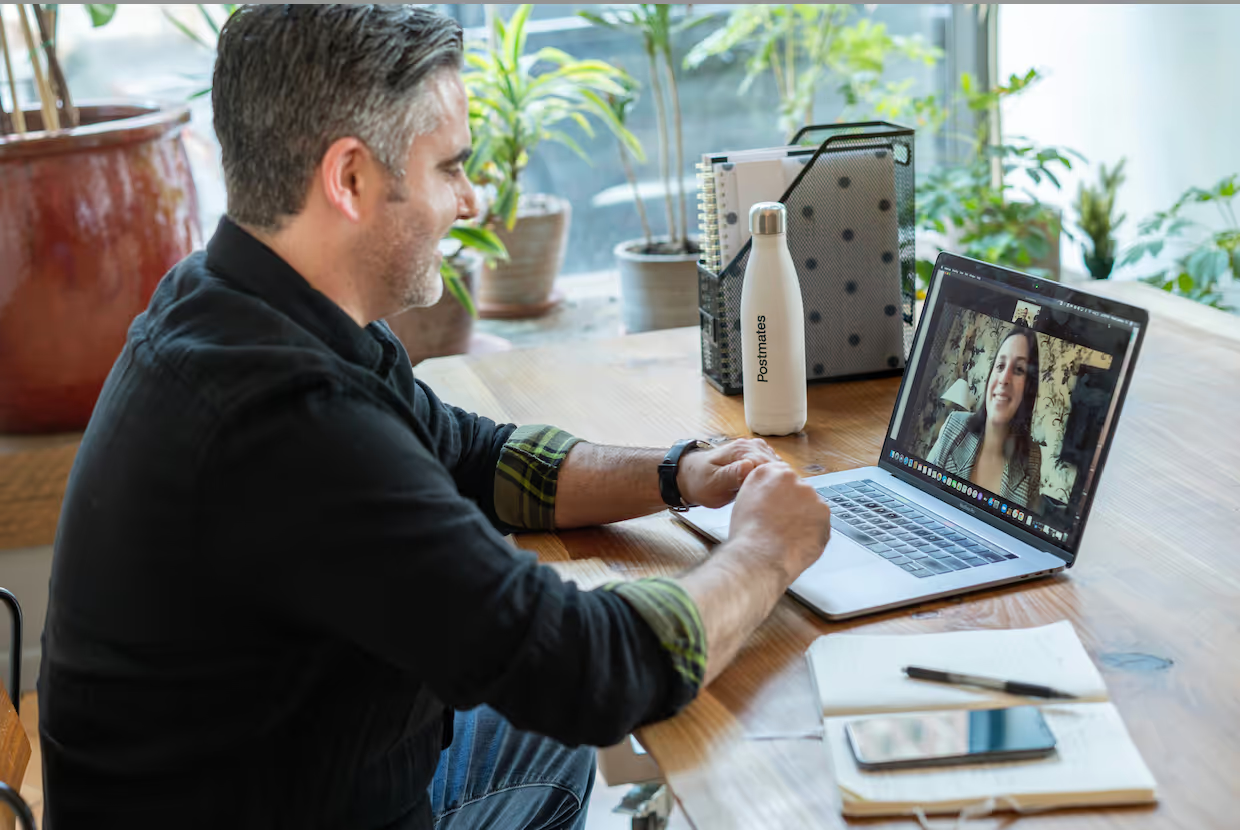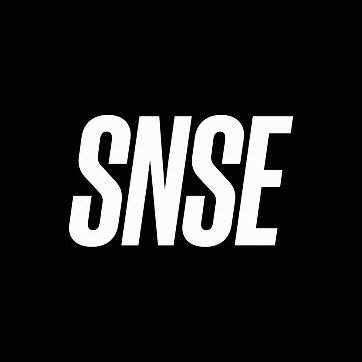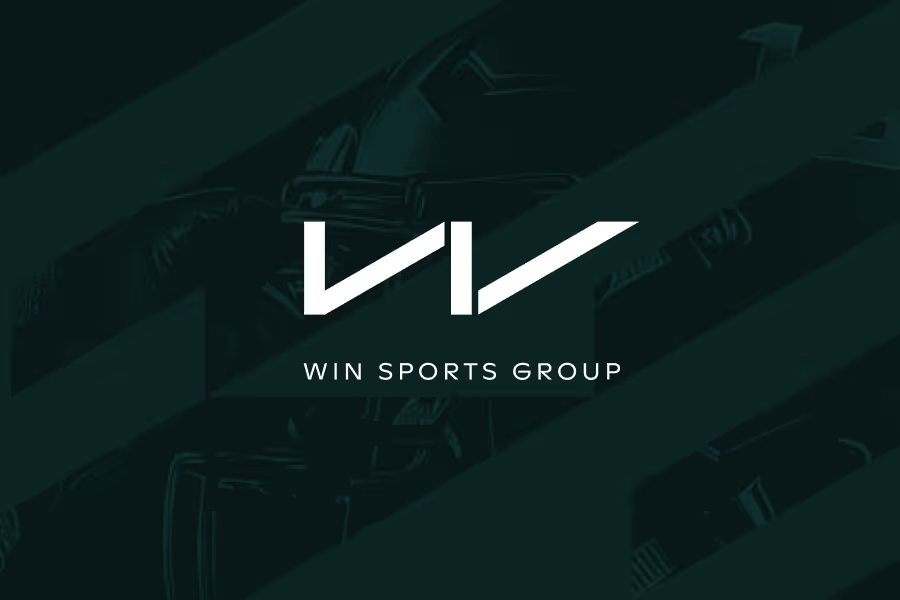User interviews play a crucial role in the user-centered design process. Whether you're in the early stages of research, seeking idea validation, crafting user personas, exploring product features, or refining marketing messaging, they serve as a valuable tool to gain insights from your target customers. These interviews offer a fast and cost-effective way to qualitatively and comprehensively understand your customers' perspectives.
By involving users in the development process, you ensure that your product meets their needs.
However, conducting user interviews is an art that requires care and attention. It's easy to fall into classic pitfalls, such as asking leading questions, relying on yes/no queries, using technical jargon that confuses participants, and succumbing to confirmation bias. Avoiding these pitfalls will help you conduct more effective and unbiased user interviews.
Here’s our step-by-step guide to conducting successful user interviews.
Lay out your game plan

Objectives: Set clear objectives for your interviews. What are you looking to learn? Who do you need to talk to in order to learn this information?
Quantity: Decide how many people you’d like to interview. Five to ten interviewees is usually sufficient. Our general rule of thumb is interview people until you reach diminishing returns, as in you’re no longer acquiring new insights. We’ve found that 8 interviews is typically when you start to see diminishing returns, but - if you’re short on time or money, 5 interviews is a great place to start.
Criteria: Outline your desired participant’s backgrounds, including things like demographics, occupation, interests, and behaviors.
Format: Carefully consider the when and how of your interview process: decide between online and in-person sessions, weigh the merits of one-on-one discussions versus focus groups, and determine optimal timeframes, such as 30 minutes versus an hour. Here are some helpful guidelines: Opt for one-on-one interviews when you aim to delve deeply into individuals' perspectives and needs, making them ideal for crafting user personas and validating ideas and product features. On the other hand, opt for focus groups when seeking insights into how groups of people collectively perceive an idea. For example, they can help gauge how users might discuss a product or idea with friends and family.
Budget: Decide how much you’re willing to spend. We use a platform called User Interviews, which helps us recruit ideal candidates for a cost. Additionally, the platform enables us to offer further incentives to interviewees for their time and insights, typically ranging from $50 to $100 based on the interview's duration. While we've also successfully recruited from our personal networks, it's essential to be mindful of confirmation bias in these cases. Friends and acquaintances may be less inclined to be candid and might provide feedback that aligns with what you want to hear.
Screener: Implement a screener questionnaire to internally assess candidates before including them in your study. For example, if you're searching for an independent hairdresser with over 15 years of experience, working outside of a salon, and managing a clientele of over 50 recurring clients, you can outline these criteria in the recruiting process. While you can be quite detailed in your initial recruiting criteria, it's advisable to double-check that the individual aligns with your expectations by including your own specific questions to verify their qualifications.
Schedule: When you are ready to initiate the recruitment process, provide convenient time slots that align with your schedule. The more options you can offer, the better. One of our best practices is to block off all the times we've proposed in our calendars to prevent scheduling conflicts.
Create your interview guide
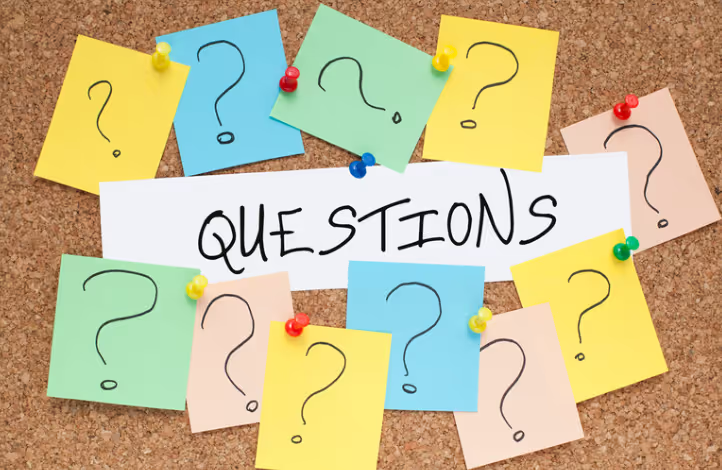
Ask the Right Questions: Your interview guide should contain a thoughtful list of open-ended questions to guide the conversation and allow you to gain genuine insight into users’ perspectives, needs and experiences. Avoid phrases like “don’t you think” and “isn’t it true.” Instead, consider openers like “how would you describe our website experience” or “what would you expect to pay.” Remember, you’re not looking to validate what you think you know, you’re looking to uncover honest thoughts and feedback that lead to more valuable insights.
Incorporate Visual Stimulus: While asking the right questions can provide valuable insights, there are instances when introducing a visual stimulus proves beneficial. Typically, we save this step for the end of our interview process. The stimulus can take various forms, such as a Figma prototype, a captivating sizzle video, or an engaging landing page. This tool assists interviewees in envisioning your product and understanding its potential applications. Subsequently, you can delve into questions related to the stimulus. Does the product align with their expectations? Why or why not? How do they envision utilizing it? What aspects are lacking, and how can it be improved? This exercise will help you validate or challenge your ideas.
Conduct the interviews

Introduce yourself and the session: How you carry yourself in the interview is just as important as the questions you ask. Always remember to introduce yourself, and establish a relaxed atmosphere. Let participants know that you're interested in their honest opinions and that you're not evaluating them personally.
Note-taking: Having a colleague accompany you during the interview can be beneficial. Prior to starting, ask your colleague to introduce themselves briefly. To establish a more comfortable environment for the interviewee, inform them that your colleague will turn off their camera to focus on taking notes. This helps avoid an overwhelming number of faces on the screen, which can be intimidating. Additionally, your colleague can chime in with additional questions during the conversation.
Ask permission to record: While it’s great to have a colleague there to take notes, schedules don’t always permit and it’s important the interviewer remain present and listen rather than multi-task and take notes. We opt to record interviews, with the permission of the interviewee of course. We assure them the recordings will never be made public. These recordings will solely serve as a tool to help you stay engaged during the interview and accurately recall the discussion points. After the interview, we’ll upload the recording to Otter.ai which transcribes the interview. This proves particularly beneficial when you need to locate specific points, sparing you the need to rewatch the entire recording.
Don't be rigid: Your interview guide should be seen as a flexible framework, not a strict script. Be prepared for the interviewee to answer one question and naturally transition to another topic. Embrace this conversational flow and allow the interview to evolve organically. Unexpected insights may arise, and that's where valuable information often lies. Towards the end of the interview, you can review the guide to ensure no essential questions were missed.
Finally, always remember to express your gratitude to the interviewee for their time and valuable input. Make sure they receive any promised incentives. If you meet a particularly great interviewee, you can ask them if they are open to you reaching back out for additional interviews and input as your product further develops.
Synthesize the research
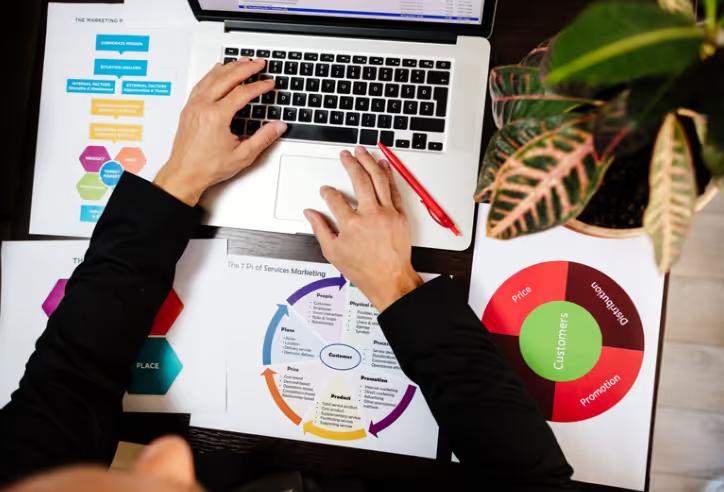
The interviews are complete and you’re almost at the finish line. It’s time to synthesize what you’ve learned. Revisit your interview transcripts and analyze them to identify common themes, recurring patterns, and key insights that emerged during the discussions.
Identify key challenges and opportunities and determine actionable steps to address them. Use this information to craft a high-level brief that is both informative and actionable. This brief will serve as a guide to shape your product development, marketing strategies, or any other objectives you sought to achieve through these interviews. Ensure the brief is concise, allowing colleagues who were absent during the process to grasp the key takeaways and facilitate easy reference in the future. If any crucial insights are missing, schedule additional interviews and refine your discussion guide to address uncertainties.
Keep in mind that interviews play a crucial role in the discovery and validation phase of your process. However, to achieve a more comprehensive understanding, supplement them with other methods such as quantitative surveys and usability testing. If you ever feel stuck or prefer to outsource the process, don't hesitate to reach out!



